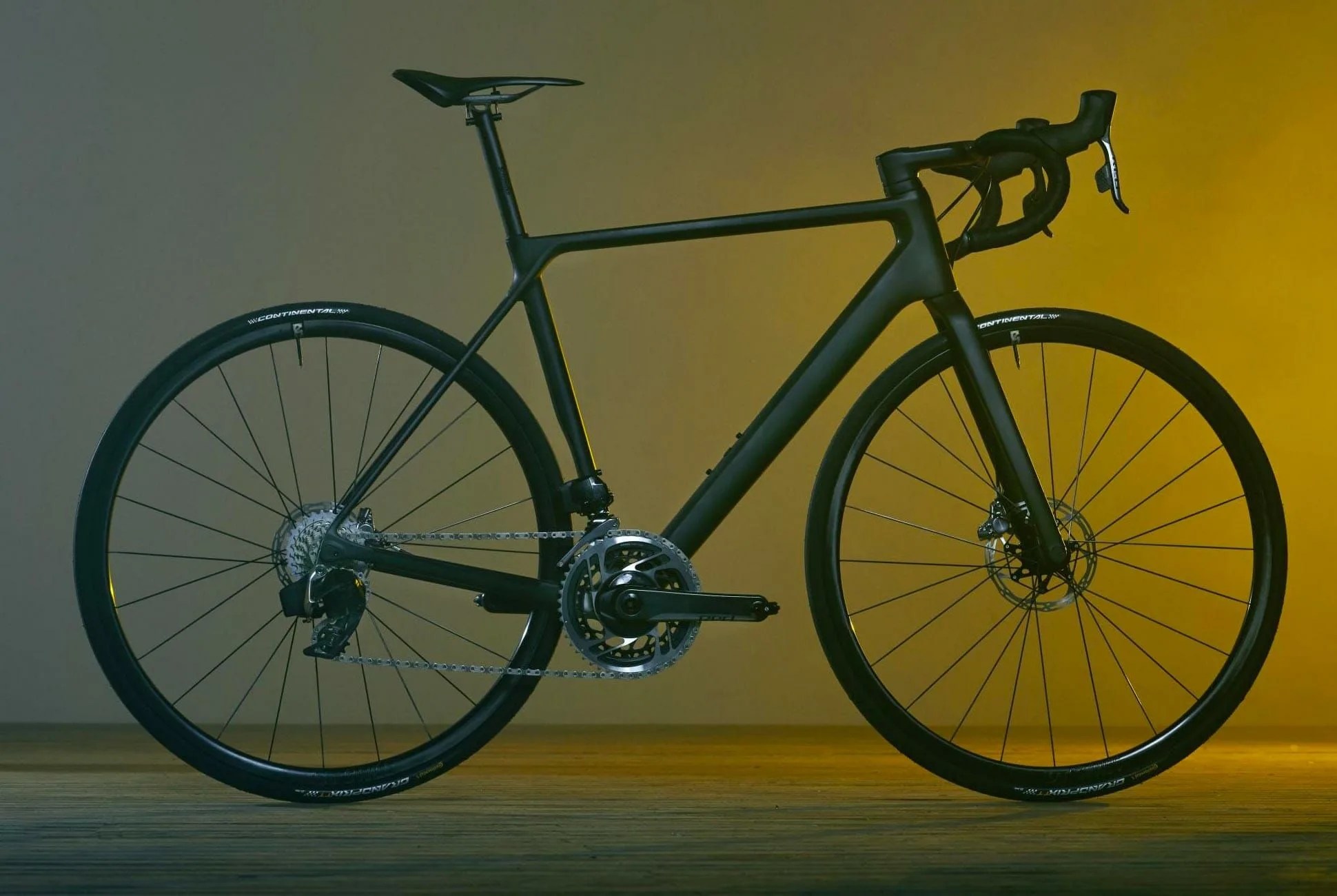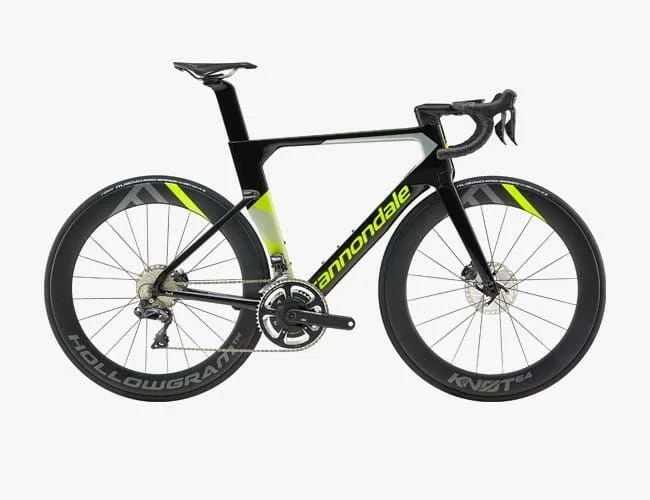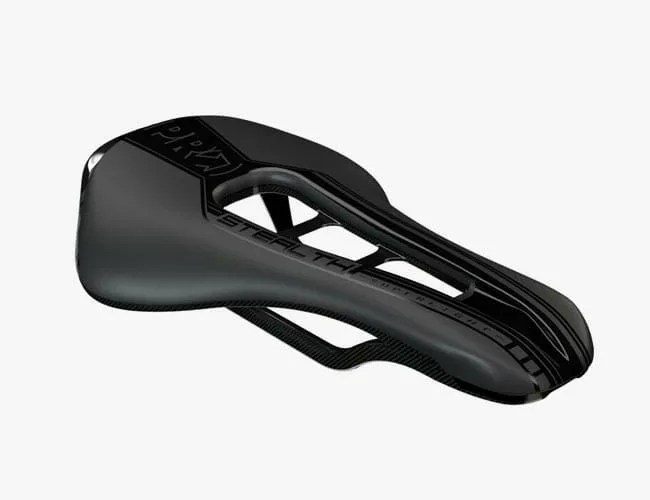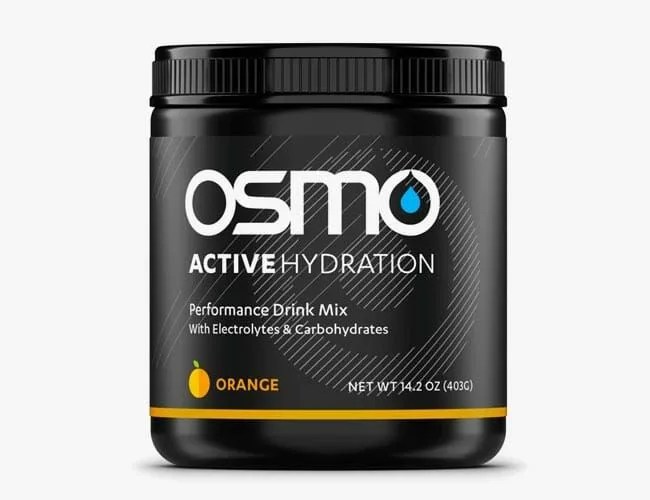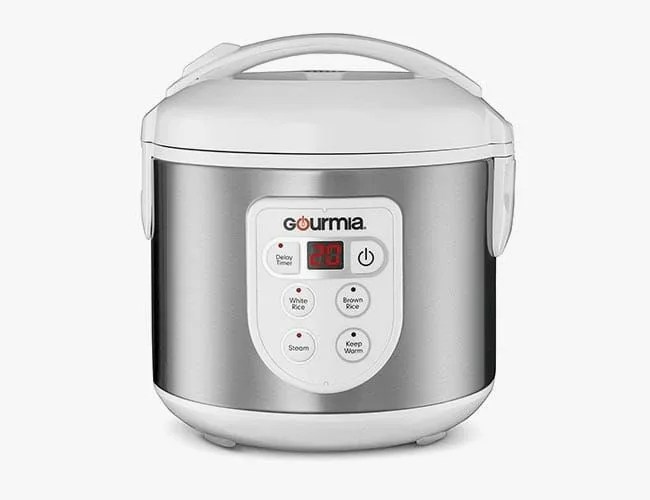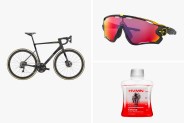As the 2019 Tour de France rolls toward its conclusion, we’ve seen riders test themselves in races against the clock, bunch sprints, steep climbs… and the inevitable crashes. And even if you aren’t a super fan, there’s a lot we can all learn from the gear and nutrition riders in Le Tour use. While many of the bikes might seem exorbitantly expensive, the principles guys like Geraint Thomas and Peter Sagan rely on to speed around France in July are no different than what you need to snag your neighborhood KOM or set a new PR in your summer century. After nearly three weeks of racing, here are five key items and concepts that stand out.
1. Light Makes Right (Especially Uphill)
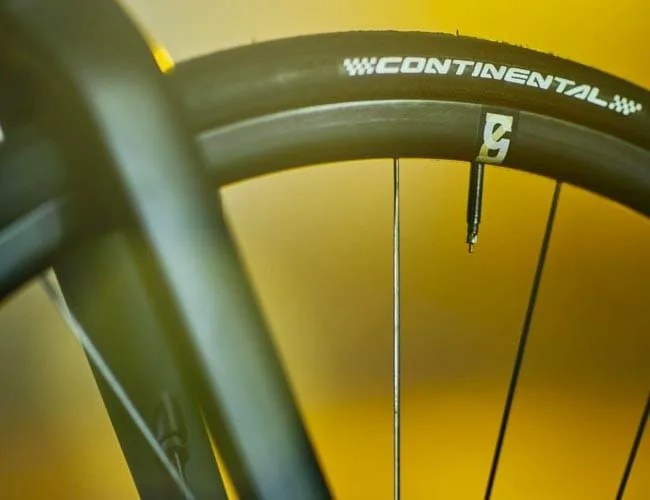
The Gear: The UCI limits bikes to 6.8 kg or greater. In previous years this hasn’t been hard to hit and smaller riders have ended up adding weight to their bikes. However the addition of disc brakes has increased bike weight a little. While this is a worthwhile trade off for most thanks to the increased descending speed, bike racers don’t want to give away an extra ounce if they don’t have to. That’s the thinking behind Canyon’s latest release, the $12,000 Ultimate CF Evo Disc, a medium-sized bike that can hit the UCI weight limit. There is no lighter bike to climb on, but the disc brakes allow riders to rip down the mountains faster than ever before.
The Lesson: The first thing you do when you get a new bike is lift it up, because lighter bikes just feel faster. In recent years, we have learned about the importance of aerodynamics, but this hasn’t displaced the fact that at low speeds (i.e. uphill) and when accelerating, a light bike is unquestionably faster. You might not want to drop the cost of a small car on the new Ultimate, but you can learn from Canyon nonetheless. Smart choices of seatpost, wheels, tires and a new handlebar are what keep this bike so lean. If you’re looking to improve your climbing, the simplest and cheapest way to do so is taking weight off your bike, whether that means a lighter set of wheels or simply not carrying as much crap in your saddle bag.
